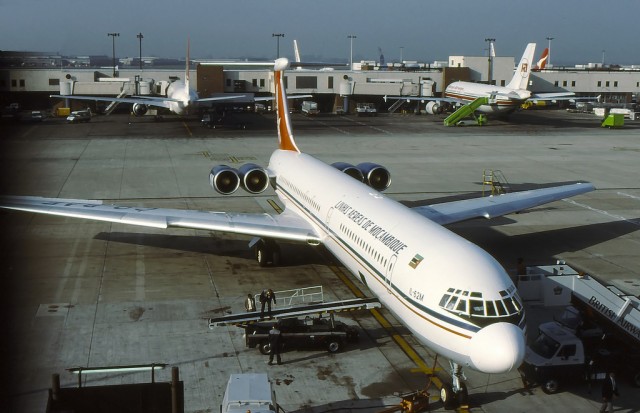In the Western world, when it comes to aircraft production, it is pretty much common that the aircraft designer is also the manufacturer of said aircraft. For example, in the United States, Boeing, Lockheed, and McDonnell Douglas were the three big manufacturers of civil aircraft through the 1990’s. All three of these companies employed many thousands of engineers designing every part of each aircraft family, and then would hand the design over to many thousand more factory workers who would build the aircraft at vast company-owned factories. In the former Soviet Union (USSR), things worked a little differently.
When one thinks of Soviet-era aircraft, one normally thinks of the very popular civil designs by Ilyushin and Tupolev. But what most do not realize is that these famous companies were not in the business of aircraft manufacturing. Within the Soviet Union, the aviation industry was governed by three main government organizations: the Ministry of Aviation Industry (МиниÑтерÑтво авиационной промышленноÑти, or MAP), the Ministry of Civil Aviation (МиниÑтерÑтво гражданÑкой авиации, or MGA), and the Ministry of Defense (МиниÑтерÑтво обороны, or MO).
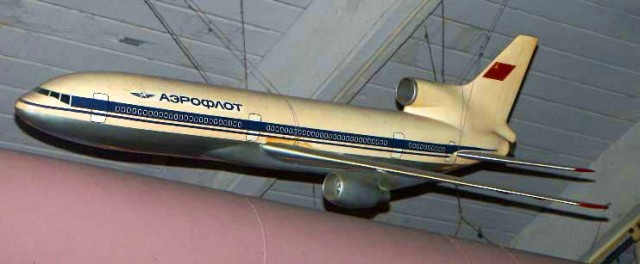
I bet most people thought this was a joke! Photo: Chris Sloan | Airchive.com
The 1970s were a time of economic malaise for the west. Weirdly, the Soviet Union was chugging along at its own egregious and bizarre pace, and Soviet air travel needs had never been more pressing. Millions of Warsaw Pact and Soviet citizens needed to shuttle around the Iron living room. In fact, Aeroflot celebrated its hundred-millionth-passenger year in 1976. This called for larger aircraft. Engine technology issues were holding up Ilyushin’s domestic design, which we now know as the mostly-extinct IL-86.
The program to which the IL-86 stemmed from was formally known as the “aerobus”. The IL-86 was not supposed to be the only aircraft of the family of short, medium, and long-haul indigenous widebody aircraft.
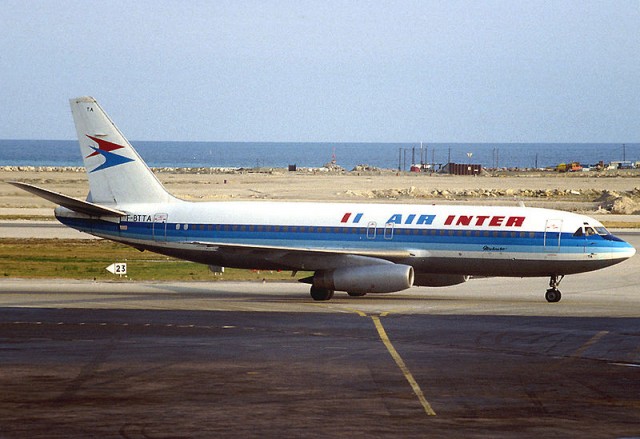
Believe it or not, Tupolev almost built a similar aircraft (but widebody) to the Dassault Mercure. Photo: Alain Durand
Tupolev had stepped up to offer the Tu-184, an aircraft that was similar to a twin-aisle Dassault Mercure. Thankfully, at the time of its inception Andre Tupolev was still alive. He took one look at it and decided that the company should not waste any resources on what he was sure would be nothing but a reputation-wrecking disaster. Not that Tupolev was immune to civil aviation failures, they are simply beyond the scope of this article. They were also, usually, swept under the rug and blamed on Myashischev (a competing design bureau).
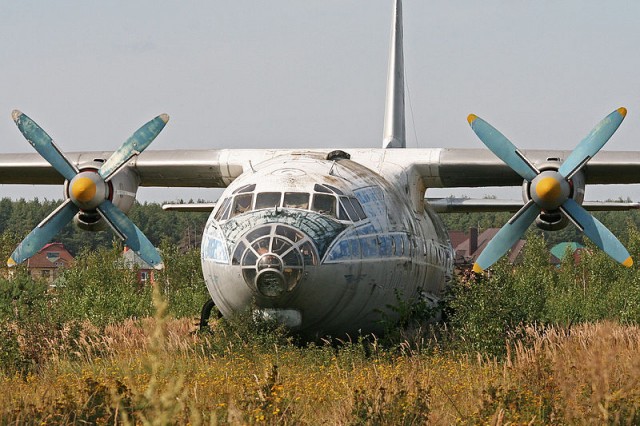
An AN-10 at the Monino Aviation Museum – Photo: Alan Wilson
When most people think about Soviet, four-engine, turbine passenger aircraft, they tend to think about the “classics”; the IL-18 and the Tu-114. There are reasons, of course, why the Antonov AN-10 doesn’t immediately jump to mind – but that ignores the significant contributions it made to domestic travel within the Soviet Union.
The Tupolev Tu-104 was a great aircraft, and when prestige mattered more than unit cost, it was a perfect way of showing Soviet aeronautical achievement abroad. Russian flag carrier Aeroflot, however, was directed to offer cost-effective transport to all points within the Soviet Union and satellite states. There was another issue; the Tu-104, while durable by early jet standards, was still difficult to maintain after frequent operations on “less prepared” airfields.
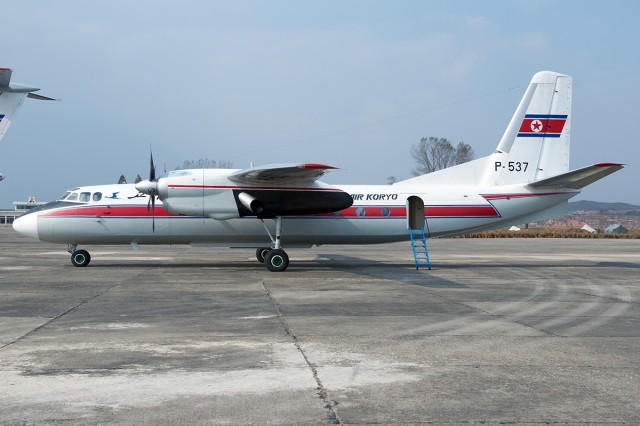
Air Koryo AN-24B (P-537) parked at Sondok
Antonov’s AN-24 is probably the easiest of the classic Russian aircraft to hitch a ride on. With at least 800 still in service in eastern Europe, central Asia, Cuba, and Africa, usually all it takes to fly one is a creative routing. Of course, none of those AN-24 are operated by Air Koryo, the national airline of North Korea.
The AN-24 is a stereotypical high-winged turboprop. More akin to the classic Dash-8s, rather than the newer Q400s. It was built to take off from nearly anywhere and land on the most ’œunprepared’ airfields Soviet surveyors and engineers could throw at it. P-537, the AN-24B I flew on, landed in Sondok shortly after my arrival flight via an Air Koryo IL-76.
We were not allowed to photograph the interior until after lunch in Hamhung, but were permitted to walk around the airframe and take plenty of photographs. After lunch, I fought my way to the front of the line to ensure that I would have the opportunity to take an unobstructed cabin shot. My patience and persistence paid off.
